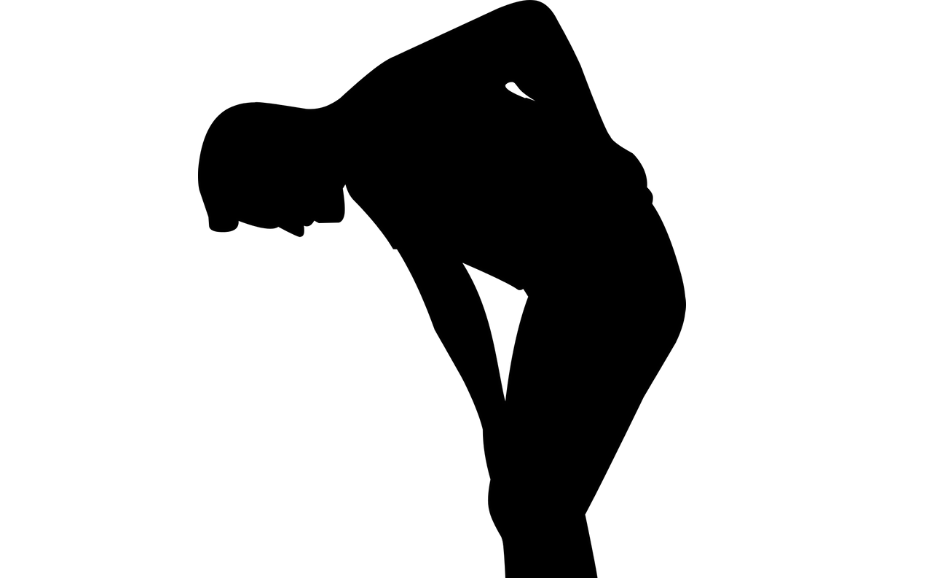Back pain is a most prevalent condition affecting 60 to 80 percentage of people at least once in their lifetime. Let us talk about what it is, how to protect yourself, and when to seek help. Along the way, we will also learn a little more about the human spine.
Defining Back Pain
Sometimes, it occurs for a short duration because of an identifiable injury. In physical therapy world, we call this acute pain. In most cases this acute pain turns in chronic pain when it carries on for longer duration. This can happen because of nonspecific or multifactorial causes. Whether pain being acute or chronic, there is always a risk of periodic flare-ups in response to movements and activities. It can show up in diverse ways from being dull/achy to sharp with pins and needles. Sometimes, pain stays just in back, other times it runs down the legs or both.
Protect Your Spine
If you have existing back pain or would like to prevent it, following these tips will help:
- Posture: Keep nice and tall posture. Avoid hunching forward when browsing your mobile phone. Stand straight and try to move around every 20 to 30 minutes. Cultivate good habits for healthy spine.
- Work: When commuting make sure your backpack fits you snug. This will help you with better load distribution. If you lift objects, pay close attention to your technique to prevent stress on your spine. Hold larger loads with both hands close to your body and bend from hips instead of your spine.
- Desk: Adjust your workspace to accommodate comfortable chair, consider a sit-stand desk, adjust height of computer screen / keyboard, and change position every so often to prevent neck and back pain. This will decrease complications that arise from working long hours.
- Physical Activity: When possible, engage in regular physical activity that you enjoy. Walking, running, hiking, biking, swimming, Yoga, Tai Chi, Pilates are excellent forms of exercises. Also, being mindful of any strain when performing activities like gardening or house chores will help ward off problems in the future. Many governments offer guidelines on physical activity.
- Exercises: Regular exercise is the best way to prevent or manage back pain. We know that doing flexibility exercises, strengthening exercises, core stabilization exercises, pelvic floor exercises, among many others, help. There is minimal chance of any injury if you focus on your form when doing any exercise. If you have preexisting back pain or at risk for flare-ups, select the activity suitable to your condition. When not sure, consult a physical therapist.
- Lifestyle: Keep your weight in check, avoid smoking, and pace your walks. If you set up a bedtime routine, find the right sleeping positions, and pick a comfortable mattress; you will experience a better quality of sleep, reducing back pain or preventing it altogether.
What is The Human Spine
Human spine is astounding! It comprises of 33 small bones, called vertebrae, together forming a column. 7 bones in neck, 12 in upper back, 5 in lower back, 5 in buttocks (or sacrum) area and 4 in tailbone (or coccyx) form this column. These bones together make the 2 major curves in spine increasing load bearing capacity. Between vertebrae, there is an intervertebral disc. Disc is a sac filled with jelly like material. It acts as a cushion and absorbs any shocks transmitted to spine. Other important structures are spinal cord, nerves that run off from the spinal cord, facet joints that connect vertebrae, ligaments, and muscles. Since all of these are tightly packed, it is crucial to protect your back and prevent injury. Issues with any one of them can lead to pain.
Back pain can mean many things. Every person’s experience varies by duration of discomfort, intensity of pain, and limitation in functional activities. Treatments and rehabilitation efforts resists one size fits all approach. With this understanding, you can appreciate the complexity of spine.
Seek Help.
Pain is not a bad thing! It is just your body’s way of saying that something is different and needs attention. Find a physical therapist when you are unsure of the pain or unclear on the right treatment for it. They can refer you to the right person or create an individualized exercise plan with essential advice for managing pain.
Further Readings.
- Rehabilitation for low back pain: A narrative review for managing pain and improving function in acute and chronic conditions https://link.springer.com/content/pdf/10.1007/s40122-020-00149-5.pdf
- Sleep disturbances and back pain: systematic review and meta-analysis https://www.ncbi.nlm.nih.gov/pubmed/32166629
- Back-care (The British Back Pain Association) http://backcare.org.uk/
- National Institute for health and Care Excellence (NICE) https://www.nice.org.uk/guidance/ng59/ifp/chapter/Questions-you-could-ask
